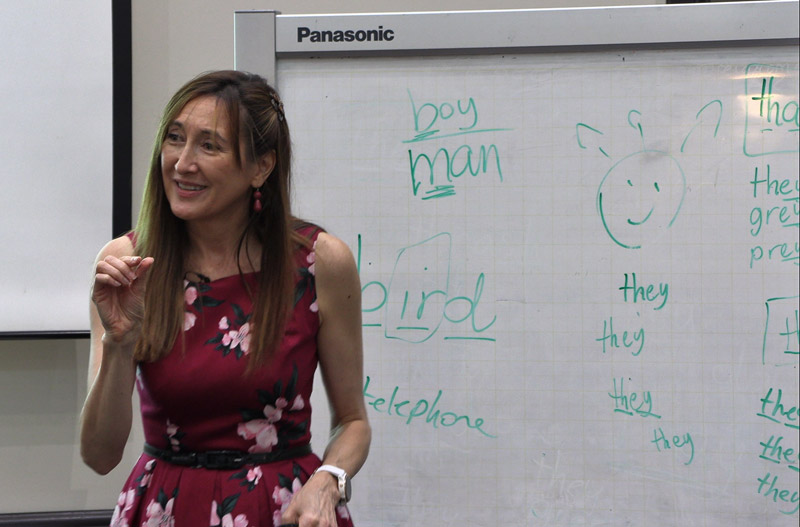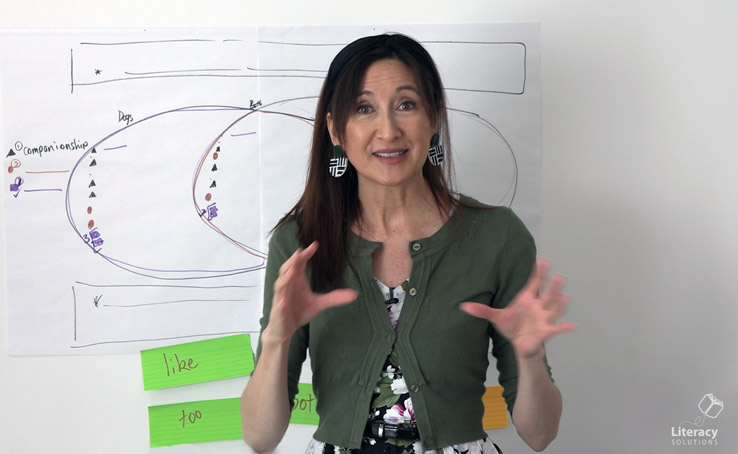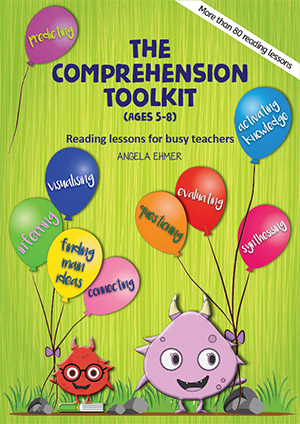English grammar returns to the classroom

James O’Loan covered an interesting topic in The Courier Mail on October 16 which has sparked ongoing discourse within the teaching community and beyond. Mr O’Loan highlighted the “controversial ‘new’ curriculum focusing on grammar and punctuation” and including phonics as part of students’ literacy education. Is Mr O’Loan inferring that this is a controversial new curriculum because teachers are not currently teaching for phonics, spelling, punctuation and grammar? Or is Mr O’Loan alluding to current teaching practices being ineffective across these areas?
Effective teachers embed the teaching across these areas into the broader context of literacy using an approach referred to as whole language. The aim of embedding explicit teaching into whole language is to help students to understand how these skills and knowledges fit within the processes of reading and writing. Is explicit teaching occurring? Yes. Is a phonic program or isolated skills instruction (ie. out of context) required? No. What makes this teaching so powerful is that it is purposeful, clear, embedded in authentic reading and writing contexts and driven by observations and data around what students know and what they need to know. In order for students to achieve reciprocity, or an understanding and ability to use ways of solving texts when reading, and apply these principles to writing, we must ensure that we contextualise teaching/learning episodes.
Is this wider context of how these elements are to be embedded within and across a range of literacy practices what Mr O’Loan is referring to?




